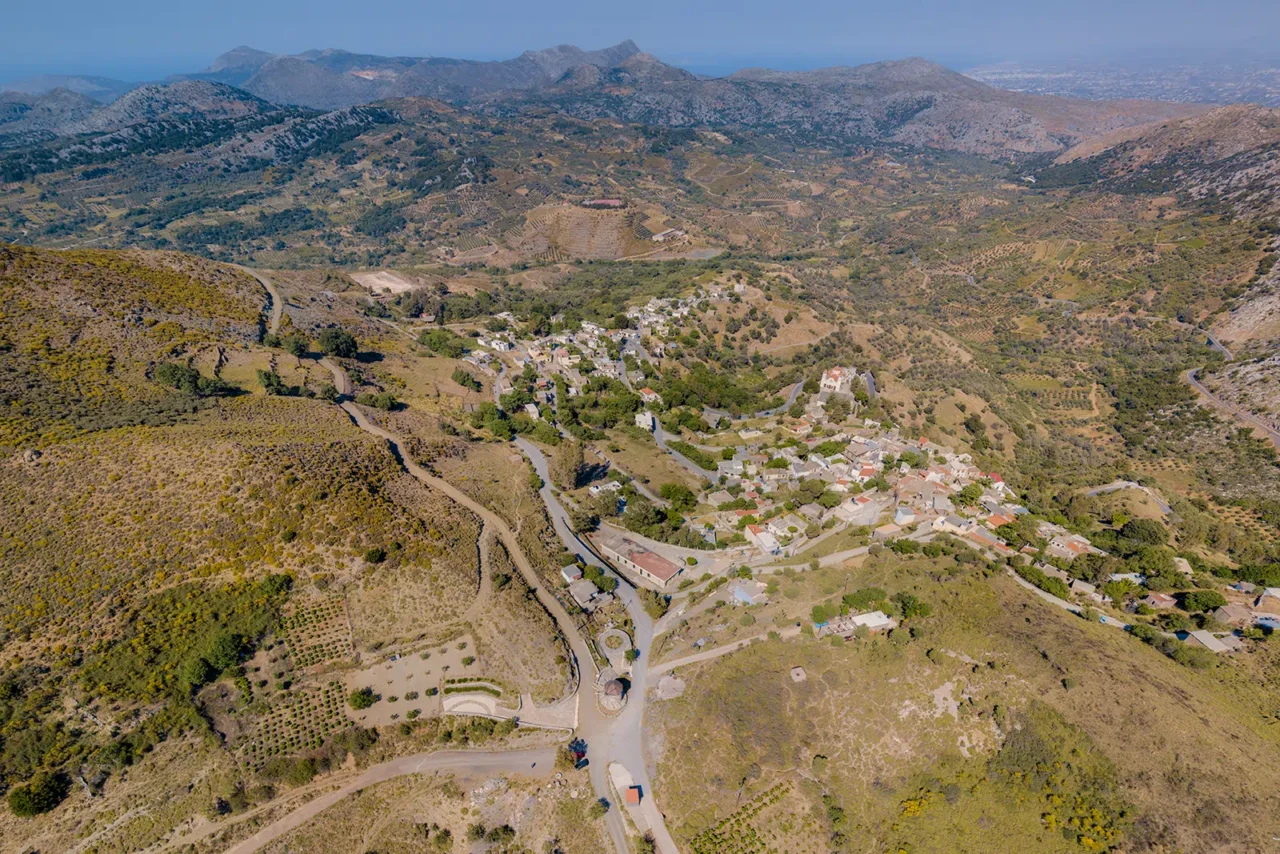
Location and Geography
Gonies (Γωνίες) is a village situated in the Malevizi municipality within the Heraklion regional unit in Crete, Greece. It is located in the northern foothills of Mount Psiloritis, at an altitude of 620 meters, and lies 26 kilometers from Heraklion. The village’s name, meaning “angles” or “corners,” is attributed to its location within a valley surrounded by hills.
History
Gonies has a rich history dating back to at least the 14th century. It was mentioned in a lease contract from 1301 under the name “Goneis.” Historical records from 1583 refer to the village as “Gognes” with a population of 245.
During the Ottoman occupation of Crete, Gonies was a center of resistance and was destroyed several times by the Turks. A tragic event in the village’s history occurred in 1830 when 74 inhabitants were massacred at a location known as Evdomos (The Seventh). In the 1866 Cretan Revolt, Gonies served as the headquarters for the Committee of Eastern Crete, led by Meletios Kalisperakis, the abbot of the nearby Jerusalem Monastery.
Archaeological Significance
While extensive archaeological excavations have not been conducted in Gonies, several important sites have been identified:
- Minoan Sanctuary: Atop Filiorimos Hill, a Minoan peak sanctuary dating back to the Middle Minoan period has been discovered. The sanctuary consists of two adjoining rooms and yielded artifacts such as figurines and zoomorphic idols.
- Sklavokampos: In the Sklavokampos valley, archaeologists unearthed a Minoan structure dating to the Late Minoan period. This structure, often referred to as a “villa” or “farm estate,” provides valuable insights into the life of Minoans outside of the major palatial centers. It features 17 rooms arranged across three levels, with evidence of storerooms, a shrine, and a toilet with a drainage system. The presence of sealings with connections to other Minoan sites like Zakros and Hagia Triada suggests that Sklavokampos was involved in trade networks. Unfortunately, the site was partially destroyed during road construction in 1930.
- Neolithic Settlement: In the Mansions district of Gonies, a Neolithic settlement has been found, featuring a building with unusually thick walls for the period. Artifacts recovered include a large Neolithic vessel, part of a hammer, and a bronze hand tool.
Landmarks
- Church of Agios Dimitrios: The village has a church dedicated to Agios Dimitrios (Saint Demetrius).
- Church of the Assumption of the Virgin: This older church features a wood-carved iconostasis and frescoes.
- Manousakis Windmill: Built in 1904, this restored windmill is a rare example of a “Xetrocharis” design, a completely circular type that can turn to face any wind direction. It ceased operation in 1988 but remains a prominent landmark.
- Venetian Fountain: Known as the “Fountain of the Lion,” this fountain is part of Gonies’ old aqueduct.
Economy
Traditionally, the inhabitants of Gonies were primarily involved in agriculture and livestock farming. Weaving woolen fabrics was also a common activity. Today, the village continues to have an agricultural base with the production of dairy products.
Modern Amenities
Gonies has basic amenities, including a rural medical clinic, a primary school, a police station, a post office, and a cultural association. The village also has a football club, the Athletic Association of Gonies, which competes in the amateur league.
Settlement: Key Points
- Historical References: Mentioned as “Goneis” (1301), “Gognes” (1583), and “Gonyes” (1671).
- Location: Northern foothills of Mount Psiloritis, Crete, Greece.
- Historical Significance: Center of resistance during Ottoman rule, site of the 1830 Evdomos massacre.
- Population Data:
Year |
Population |
Notes |
|---|---|---|
1583 |
245 |
as Gognés |
1881 |
344 |
Christians |
1900 |
442 |
|
1928 |
749 |
|
1940 |
956 |
|
1951 |
1039 |
|
1961 |
1055 |
|
1971 |
794 |
|
1981 |
657 |
|
1991 |
600 |
|
2001 |
526 |
|
2011 |
323 |
|
2021 |
206 |
- Current Status: A small village with an agricultural economy and some tourism.
References
Access
Gonies is 4.1 kilometers away from the town Anogeia and 7.9 kilometers away from Axos.















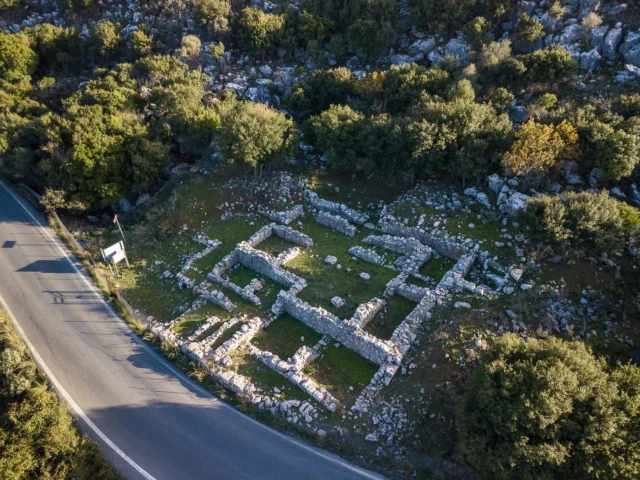



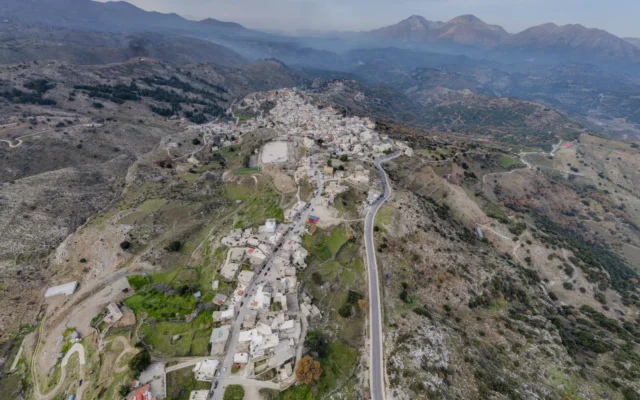

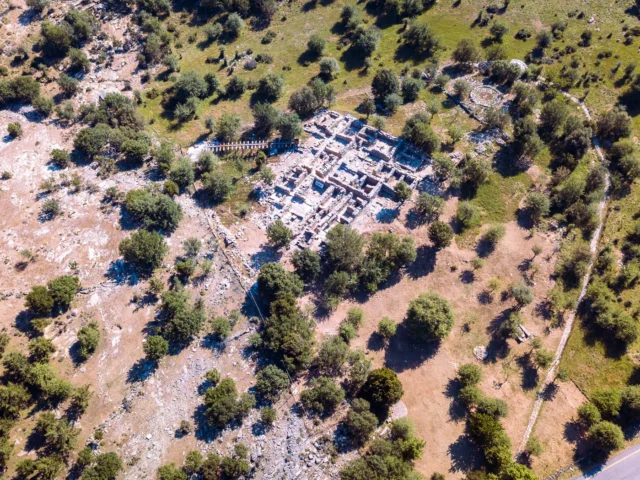
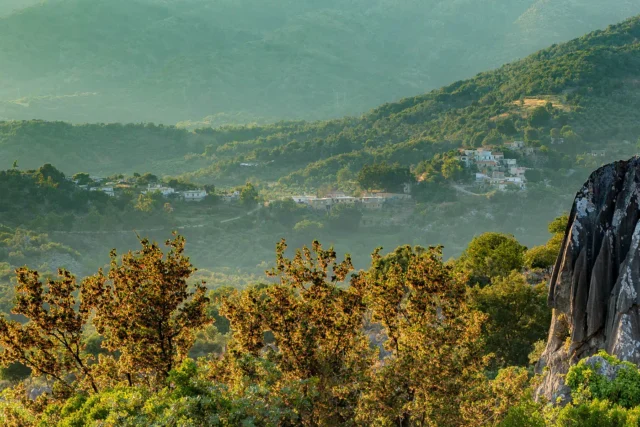
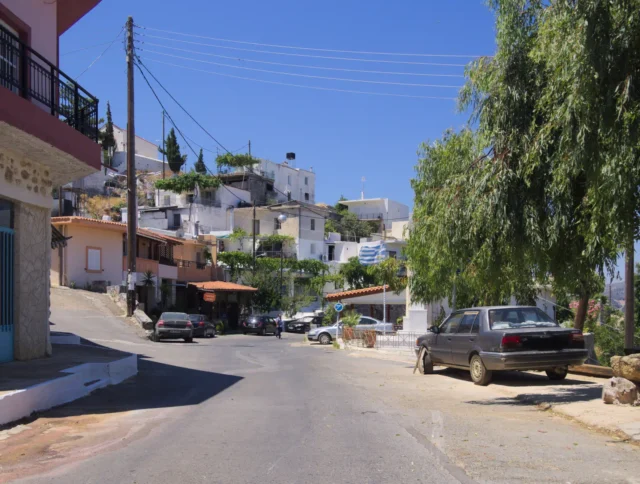
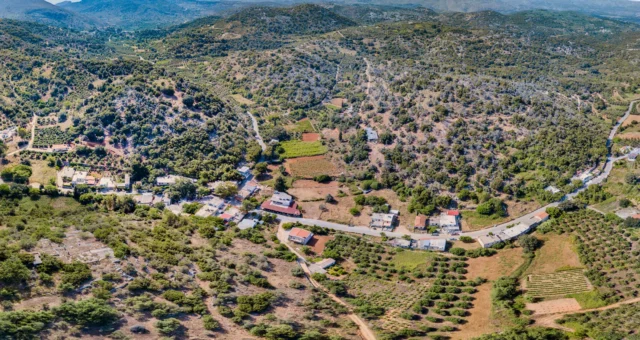
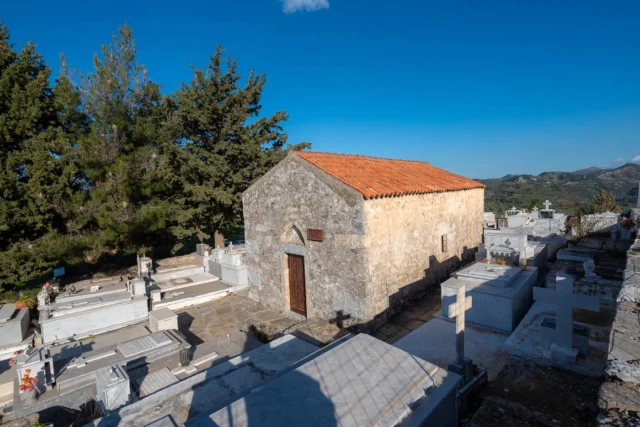
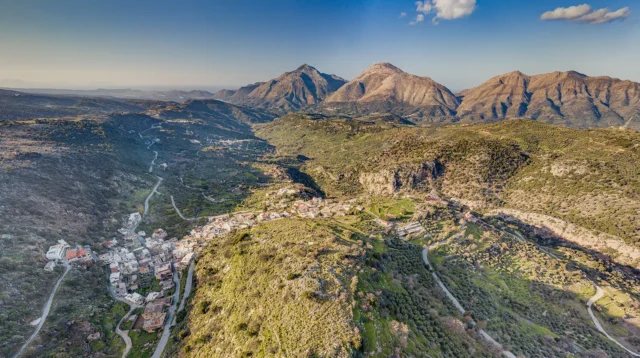
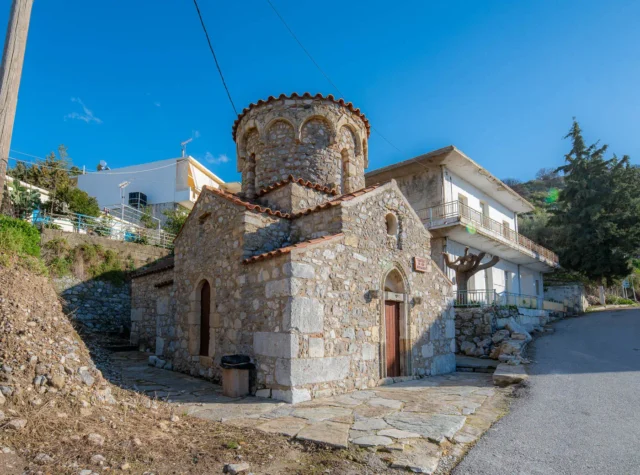
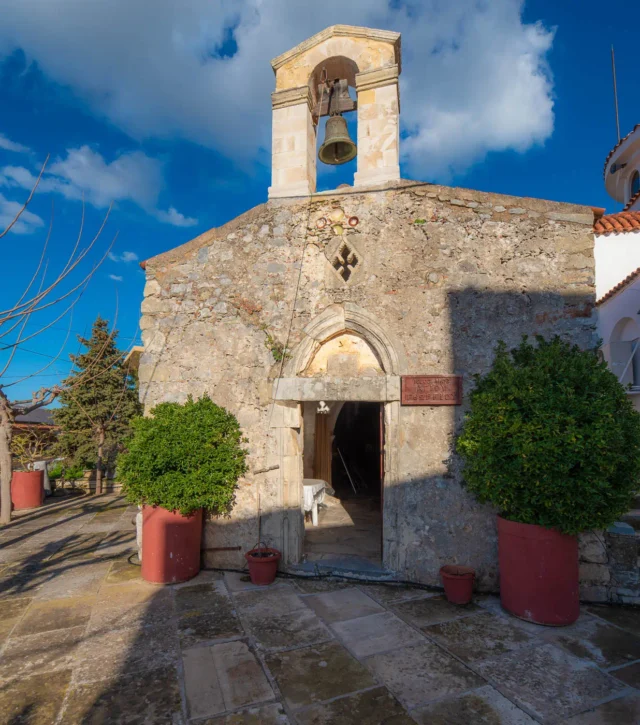
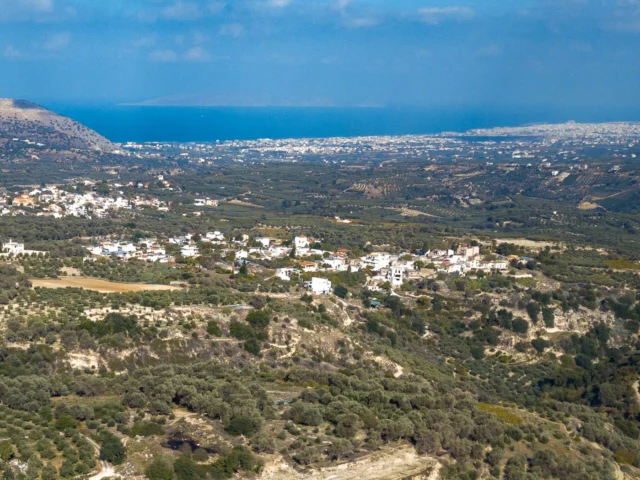

There are no comments yet.